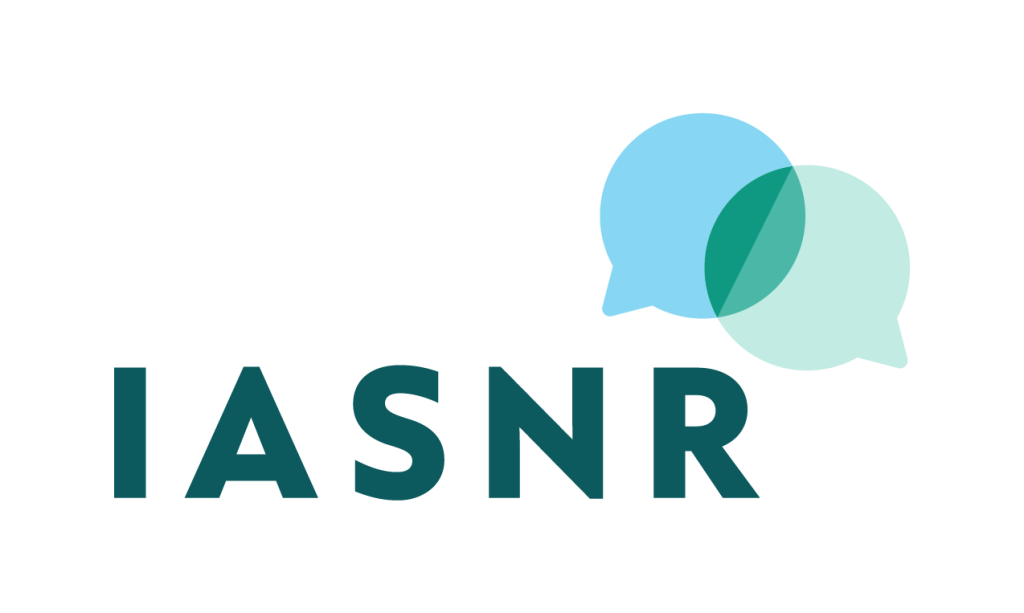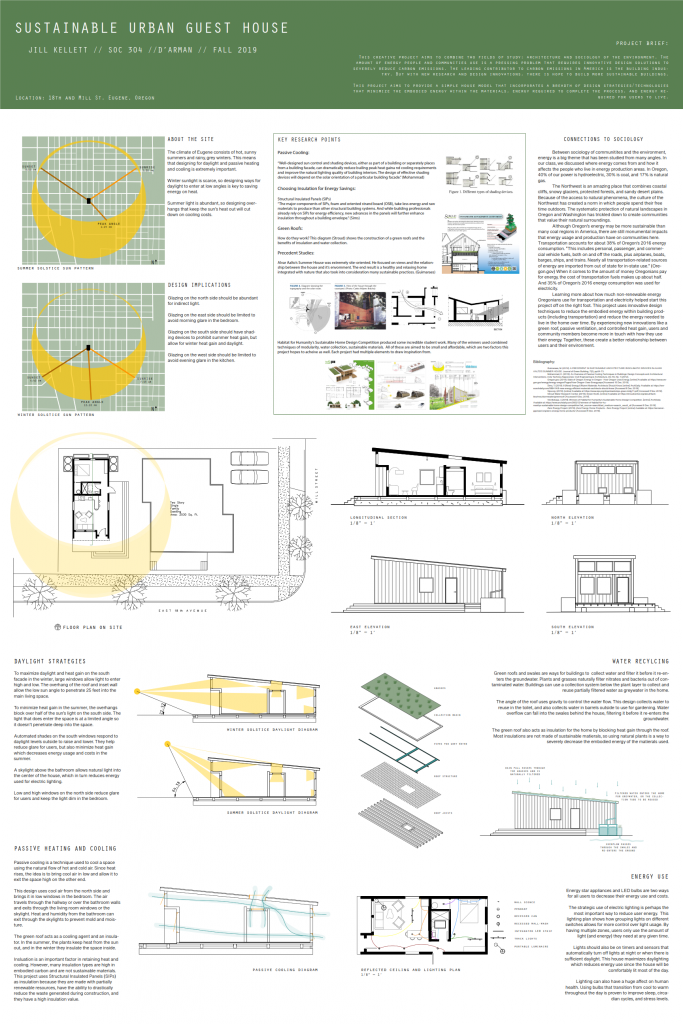Student Spotlight
Innovative Teaching Strategies
Volume 20 Issue 2 contains our first ever Student Spotlight. In this section we highlight the great work of our student IASNR members. We are excited to share a project IASNR Student Representative-Elect, Kindra De’Arman developed for a course she taught.
If you are a student that would like to showcase your research, innovative teaching strategies, or other work in the IASNR Keeping in Touch newsletter, please submit your content to Lee Cerveny at [email protected] with “IASNR KIT” in the subject line.

Kindra De’Arman,
Student Representative-Elect
University of Oregon
(2020 – 2022)
Last fall I taught an interdisciplinary general education environmental sociology course at the University of Oregon. There were about 145 students in the course representing over 20 majors. Given the variety of backgrounds and interests that students were entering the course with, I decided to provide three final assignment options. The first was a research paper, the second, a service-learning project (designed for students who are already working or volunteering), and third, a creative project.
Creative projects are fairly new to the natural resource and social science disciplines and there is some resistance to their incorporation because of concerns with standardization and variability. I argue that these reasons should not discourage you from considering creative projects as they can be mitigated with clear instructions and requirements. The goal for my course’s creative project was to articulate/display some aspect of social-environmental relations, concerns, solutions, etc. while still communicating an analysis developed in the course through incorporation of key concepts and theories.
I highly recommend a creative project for the following reasons:
- Students tend to choose creative projects related to their own lives, which allows them to connect what they are learning about in class with their personal lived experiences.
- Allows student to demonstrate course material for a public purpose.
- Students were effective in bridging the social-environmental binary through creative visualization and interpretation.
- This is a useful option for students with different learning styles or who are overloaded with written assignments as it allows them to express learned material through a medium other than writing or speaking.
- This is helpful for students who face virtual fatigue, especially with online classes, as it allows them to work on assignments off-screen.
- Provides the opportunity to showcase student work on campus or in your community through an art exhibit installation.
Here are a few examples of some of the kind of work students created (outside of the accompanying images below). One international student created a short film about how their son with autism was able to develop new communication patterns through outdoor educational experiences. A veteran created five canvases depicting the environments from each branch of the military tied in with social aspects that impact veteran suicide, which is now hanging in our campus veteran’s center. One student made an audio news story about the campus community garden. Multiple students created children’s books on topics such as the causes of climate change, environmental justice, and animal relations.
Feel free to contact Kindra De’Arman at [email protected] if you would like the creative assignment instructions and requirements.



